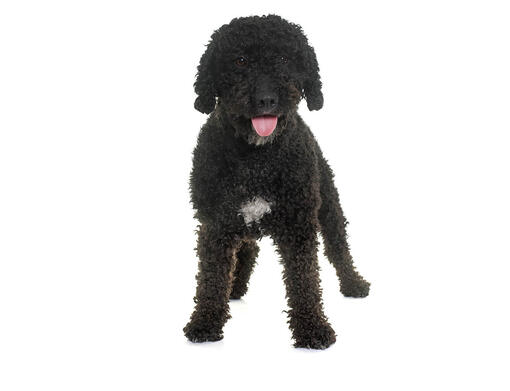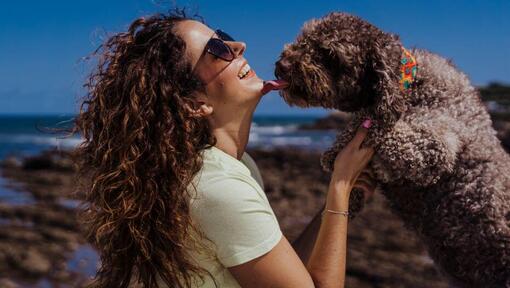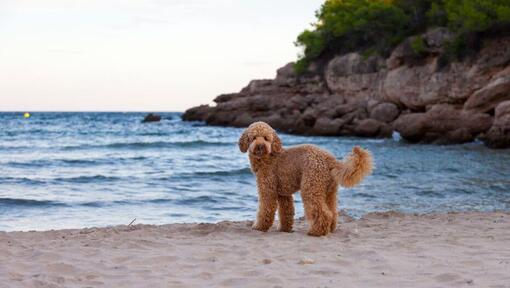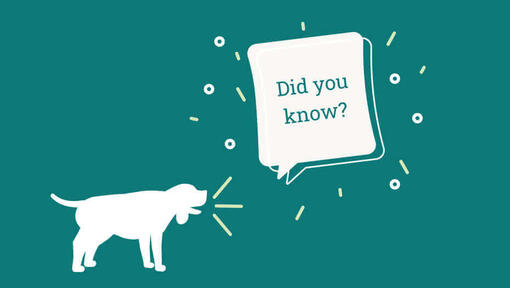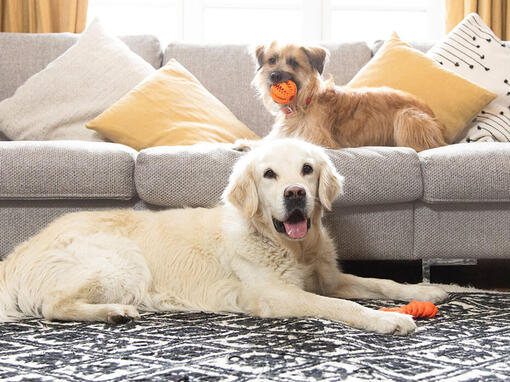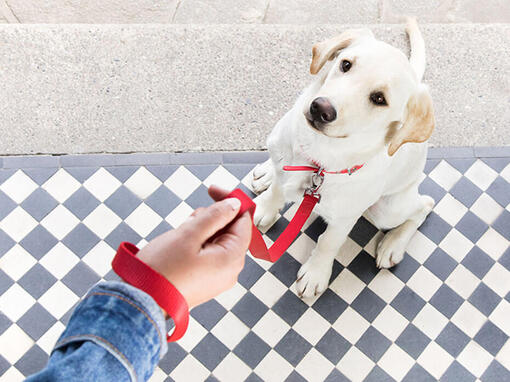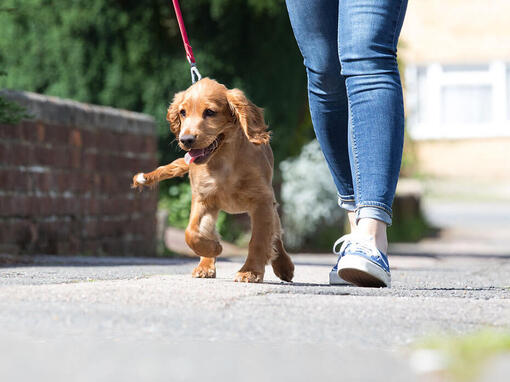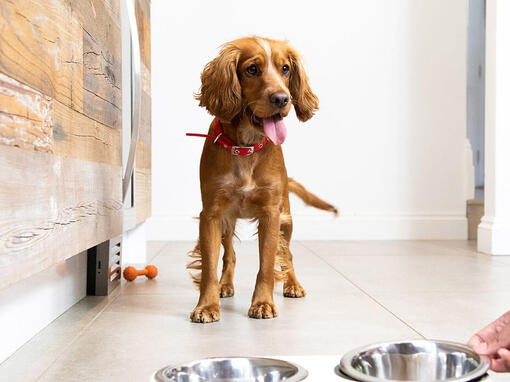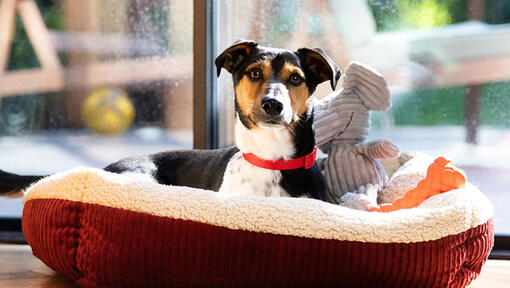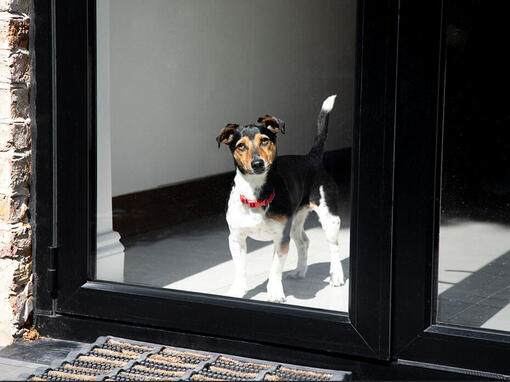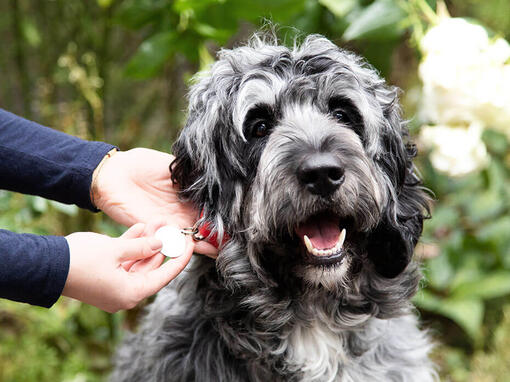History and Origins
Country of Origin: Spain
If the woolly coat of the Spanish Water Dog puts you in mind of the poodle, you can be forgiven for your error, as both Poodles and Spanish Water Dogs likely have a shared ancestor - the Barbet. Known to exist in Europe for several thousands of years, water dogs with woolly coats have served a variety of purposes, including hauling in fishing nets, retrieving items lost overboard, and also herding sheep and goats.
Today this rare breed is mostly seen in the show-ring but retains an all-rounder attitude to a variety of jobs and is a bright, intelligent dog who can make a fun companion if their grooming needs are not an issue.
